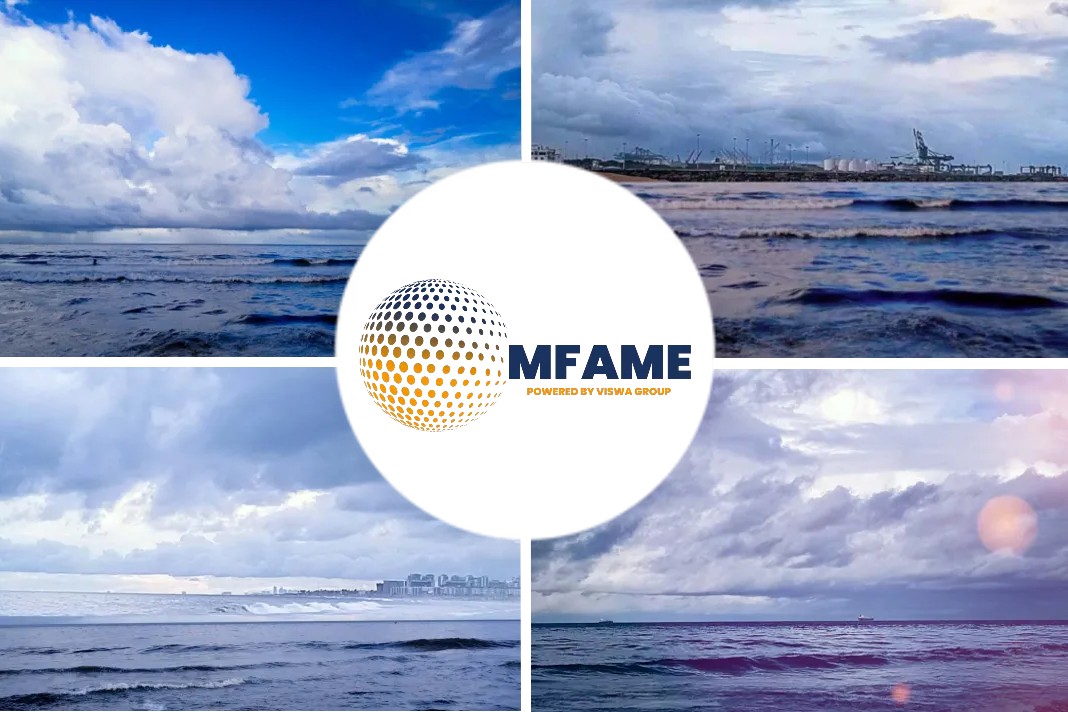
- The $5.4 billion expansion of the Panama Canal is paying off for East Coast and Gulf of Mexico seaports.
- It is putting pressure on the Pacific Ocean-based terminals to be more competitive.
- The enlarged waterway opened in June 2016 allowing much larger container ships to transit between the Atlantic and Pacific oceans.
Ships carrying up to 14,800 containers can now bypass Washington and other West Coast docks and deliver containers directly to cities from Houston to New York.
New Passage, New Opportunities
The older canal accommodates ships with 5,000 containers. It was a bottleneck causing up to 30-hour delays. On any given day, there were as many as 150 ships waiting in line to make the 48-mile journey.
With the new Panama passage, shippers now have a cost-effective alternative to reach markets located east of the Mississippi River. Rather than off-loading containers in Seattle or Tacoma and moving them across the country by truck or rail, companies can build distribution centers near Atlanta.
Many changes were necessary to respond to the buying splurges in 2021 as our nation recovered from COVID. That pandemic turned the “just-in-time” delivery strategy upside down. Instead of a “ship jam” at the entrance to the Panama Canal, in early 2021, there was gridlock among container vessels waiting to dock in Los Angeles and Long Beach.
Container schedulers started port shopping. As a result, our nation’s top 10 seaports experienced double-digit increases in container shipments in 2021. However, 2022 is a different story. Business has tailed off; however, East Coast and Gulf ports are experiencing growth while on the West Coast there is a drop.
What Does It Imply?
So, what does this all mean for future Seattle/Tacoma and California container business? First, shippers are finding locations which offer quicker loading and unloading and faster deliveries. Being anchored waiting on or off-loading forces shippers to find less expensive seaports. Infrastructure investments are needed.
Second, lack of trained skilled workers gives other ports advantages. If there is a dockworker strike on the West Coast, it forces container schedulers to go to East Coast and Gulf ports.
Finally, there is competition among West Coast ports. Keep an eye on the Canadians. Even though Prince Rupert, the deepest natural seaport in the Northwest, is 1,000 miles by road north of Seattle, it is 68 hours closer to Shanghai by boat than Los Angeles. It is a newer modern port.
Did you subscribe to our daily Newsletter?
It’s Free! Click here to Subscribe
Source: Tacomaweekly














Thanks for sharing. I read many of your blog posts, cool, your blog is very good. https://www.binance.com/uk-UA/register?ref=RQUR4BEO